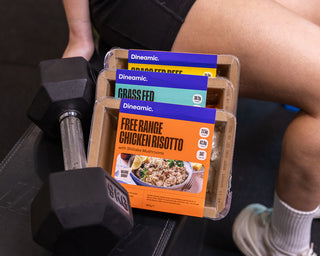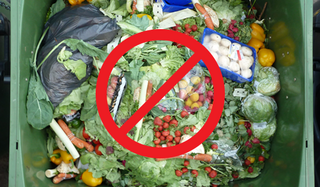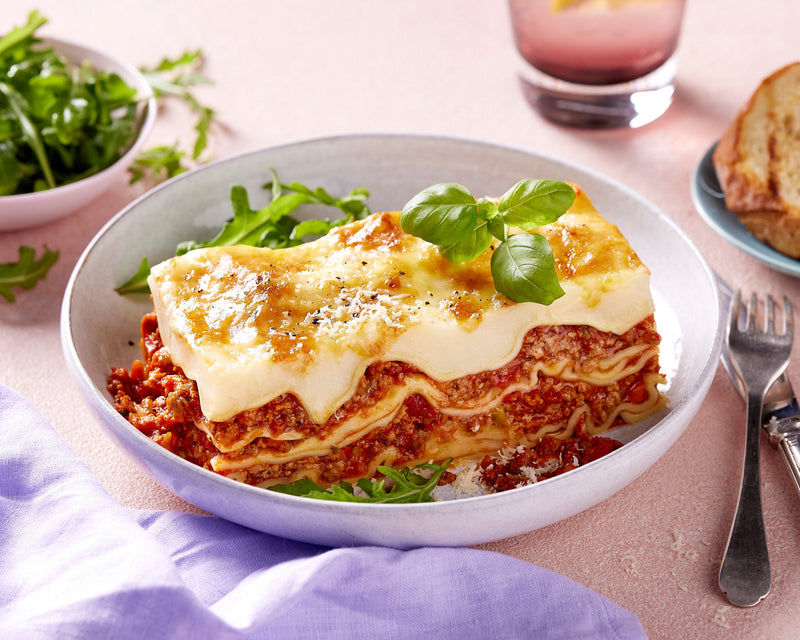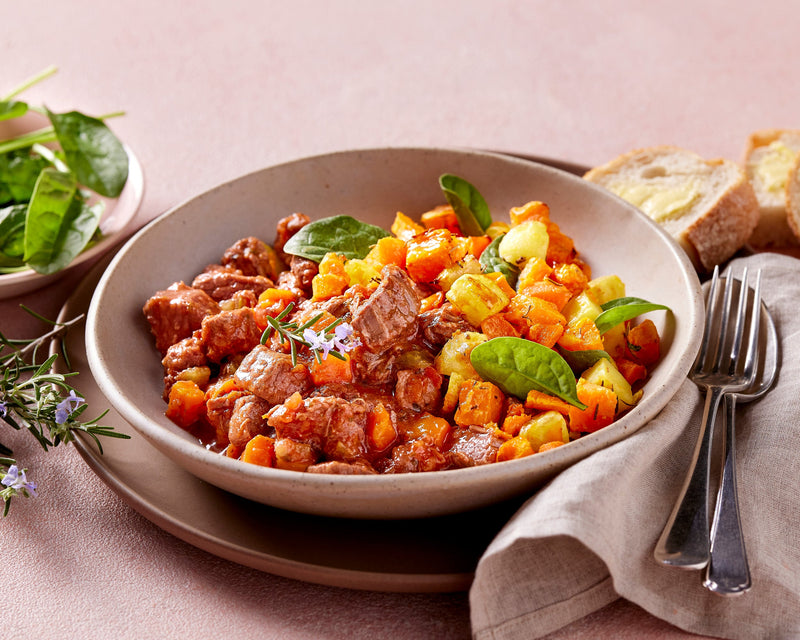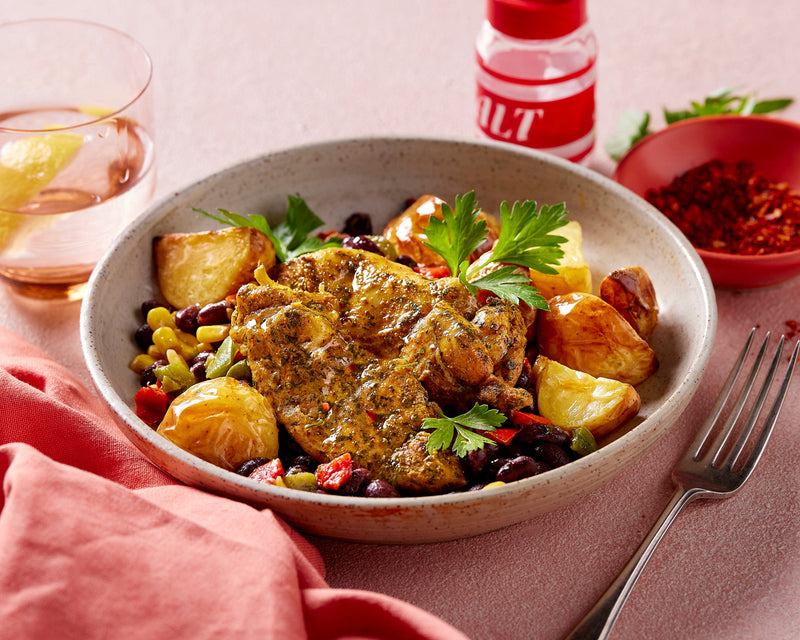Food wastage in Australia is a serious issue. Australian’s discard up to 20% of the food that we purchase. To put this into perspective: that’s one out of every five grocery bags that you bring home each week, straight in the bin.It might not seem like a lot at the time, but for the average home, 40% of their household rubbish bin will be filled with food that’s been thrown away.
So why is it getting wasted? Well, a number of reasons are contributing to these stats, but it’s largely due to:
— not planning what we are going to buy at the supermarket initially,
— too much being purchased,
— not using up leftovers properly,
— and not understanding the differences between ‘best before’ and ‘use by’ labels.
For each household it equates to over $1,000 worth of food each year, and when you add that up for all of us, that’s over $8 billion of perfectly good food getting sent to landfill. And it’s not only the waste factor that is an issue, it’s what happens to the food after it's thrown away that’s alarming too. When food is sitting in landfill, it breaks down and releases methane gas. Methane gas is a toxic gas emission that causes degradation of our atmosphere, and it’s 25 times more potent than carbon dioxide at trapping heat in and contributing to global warming. The main culprits of food waste are young consumers aged 18-24 years, high income earners and surprisingly — families with children. Young consumers are less likely to stick to a budget and to consider whether or not food will actually be consumed at time of purchase. High income households are more likely to over-purchase and to have a greater variety of foods eaten by family members; and families with children are most likely to do one large grocery shop and have items go to waste, and also more likely to buy items on special and in bulk.
Some simple steps that can be taken to reduce your food waste include:
— creating a shopping list before you go to the supermarket and only buying what you need,
— take some time to think about creative ways to use up leftovers or stick them in the freezer to have later,
— consider composting your organic waste such as fruit, vegetables and eggshells,
— and pay more attention to use by labels. If a product lists a ‘use by’ date it must be eaten before a certain time for health or safety reasons. With ‘best before’ you can still eat foods for a while after as they should be safe, but may have lost some quality.
For a complete picture of things, food waste needs to be considered from all steps of the supply chain, which means we need to take a look at the processing of food before it actually gets to our plate. Growing produce, supplying manufacturers, distribution, logistics and recyclable packaging are just a few components of the supply chain that create food wastage concerns. By purchasing and managing our food in a more sustainable way, consumers and manufacturers alike can contribute to improvements in waste. Research has shown that consumers often find it hard to estimate how much to cook per person, or would rather overestimate than underestimate serving sizes.
Purchasing ready-made meals such as Dineamic helps take the guess work out of serving sizes, as we've already done it for you. Dineamic considers its environmental impact carefully. Please remember to recycle your packaging such as pouches, trays and cardboard boxes instead of sending them to landfill. Combined meals such as Dineamic trays and pouches can help decrease the amount of packaging used unlike some other services which pack each ingredient separately. Purchasing ready-made meals are not only a convenient option, they also help with portion control and reducing any potential left overs that may go to waste. What’s more, having frozen meals in the freezer increases the longevity of your food and means less leftovers going in the bin.



